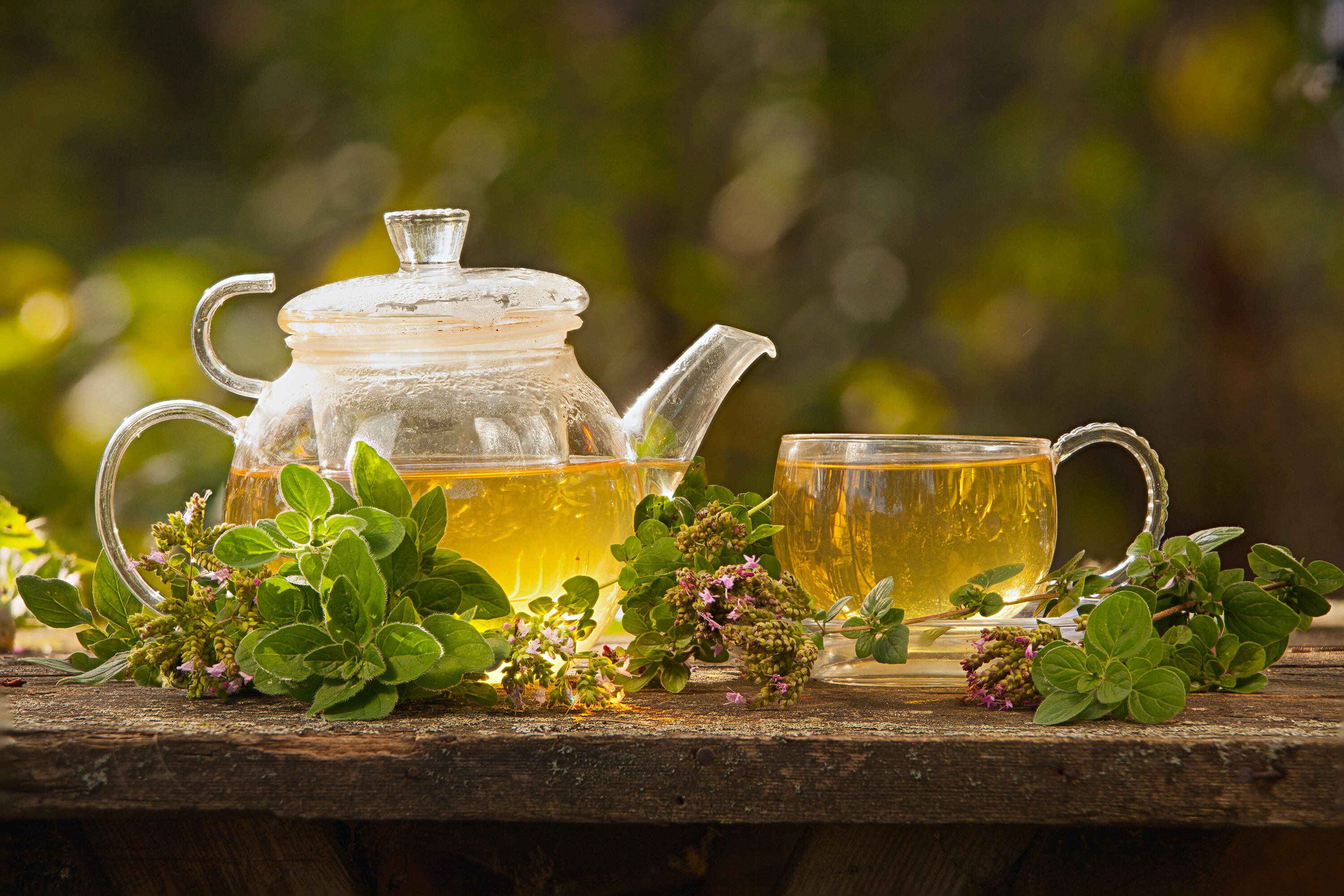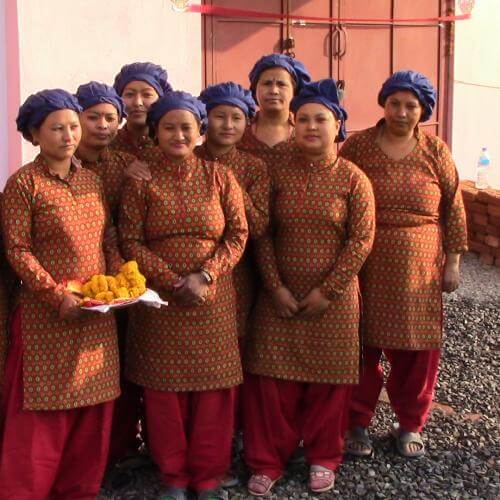
It all starts in Nepal - a country with ten of the fourteen 8,000 peaks of the Himalayan Mountains, but also a country with deep fertile valleys, where there is enough moisture for the natural occurrence of herbs with medicinal effects, of which 3,500 species grow here.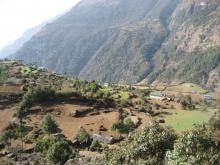
Nepal, together with neighboring India, is the main cradle of traditional Ayurvedic medicine, which has been practiced here for over 5,000 years according to natural recipes based on perfect knowledge of Ayurvedic herbs. 
Natural collection
More than 60 species of plants are used to produce Himalayan Ayurvedic teas, which are harvested over a large area of the Himalayan mountains. Hand-picked herbs have been the tradiitional livelihood of many families and entire villages for generations.
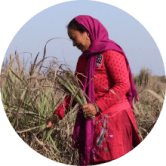 The locals still live as in ancient times in accordance with the rhythm of natural cycles based on naturally organic farming. The herbs they collect are then dried in the sun, often on the roofs of their homes.
The locals still live as in ancient times in accordance with the rhythm of natural cycles based on naturally organic farming. The herbs they collect are then dried in the sun, often on the roofs of their homes.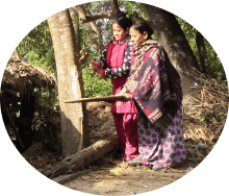
Such coherence and respect is the greatest basis for the sustainable development of economic and social life, with a view to fully preserving a healthy environment for future generations.
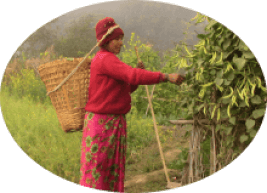
Traditional hand processing in the herbal factory Everest Ayurveda
1. The plants are first cleaned by hand and then the individual parts, such as roots, stems, bark, leaves, flowers, seeds and fruits, are processed.
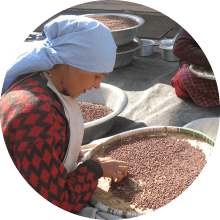 The cleaning process takes place in a very natural traditional way on straw trays, where the cut herbs are well spread and unwanted parts are removed. Finer impurities are then removed by lightly throwing the entire contents of the tray into the air in the spirit of Ayurvedic wisdom - "what is weightless will fly away, what is valuable will be preserved".
The cleaning process takes place in a very natural traditional way on straw trays, where the cut herbs are well spread and unwanted parts are removed. Finer impurities are then removed by lightly throwing the entire contents of the tray into the air in the spirit of Ayurvedic wisdom - "what is weightless will fly away, what is valuable will be preserved". 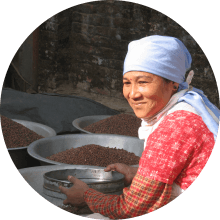
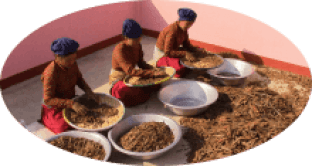
2. The types of herbs prepared in this way are then mixed according to Ayurvedic recipes, which are based on a thousand-year tradition of using herbs in Ayurvedic medicine, further substantiated by current biochemical research, which proves the effectiveness of herbs and modern methods.
"Namaste, my name is Sunita Rai. I have been working in this factory for 2 years. I was born in Nepal, which I love very much, so I am happy to be able to work in my country thanks to this production. I am glad that our herbal teas are sold in Europe and that they are good for Europeans. Thank you so much for loving our teas, it makes us happy! ”
3. Furthermore, all that remains is to deftly fold the cardboard packaging of the boxes, insert hand-filled bags of tea mixtures into them and pack them. Each tea passes through the human hand several times, which we believe gives the teas a certain strength.
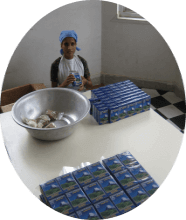
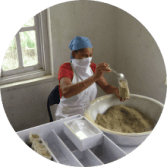

„When we make teas, we do not think that we are making a product, but we do it with the feeling that we are preparing food for the whole family in the kitchen. That is why our tea production is imbued with the love of the people who make it. ” - Suresh Kumar Sah, Ph.D.
4. Then all you have to do is put the teas in wooden crates, which we also beat ourselves by hand, and fill the entire cargo container with 320 of them.
5. He then has a long journey from Kathmandu to Calcutta and then by boat around Sri Lanka, the Suez Canal and the Strait of Gibraltar to the port of Hamburg. From here, it is only a short distance by freight train to Prague, where we enjoy many healthy cups of Ayurvedic teas together with you.
